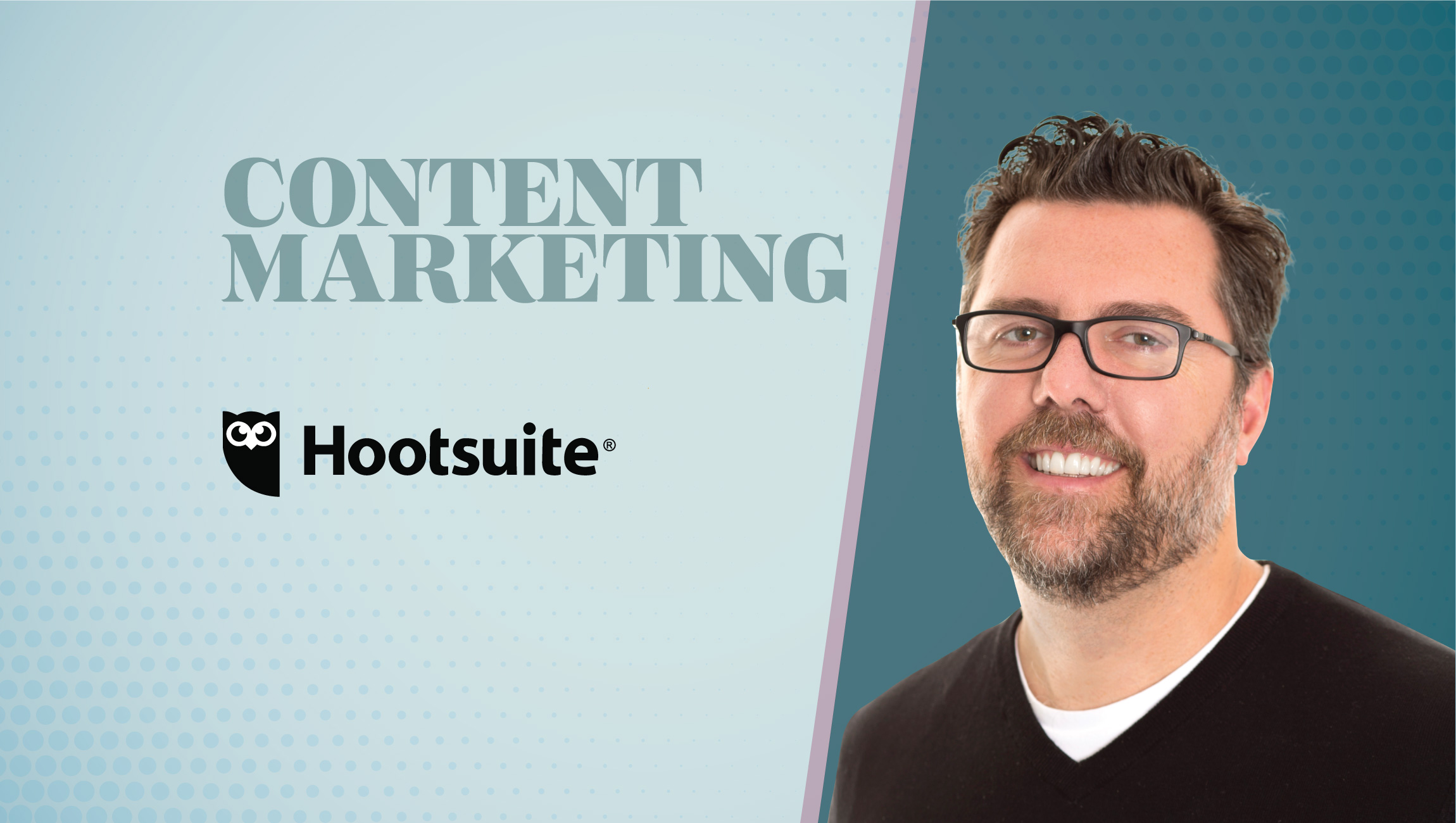Tell us about your role and journey into digital asset efficiency? What made you start Digital Remedy?
In 1994, I was fortunate to work with computers. In 1996, I started blogging, which lead to the creation of our first ad network in 1997. My philosophy has always been that if I hire better people around me, continue my hustle, and focus on my knack for digital, we’d continue to have success. I was right.
When I started Digital Remedy, formerly CPX Interactive, my goal was to help people, companies, and publishers transact successfully on the Internet. CPX meant “cost per anything.” It was branded in the days of value click, ad click, and CPA or CPM; everything was about the metric in which an advertiser pays.
Today, digital asset efficiency is still reliant on cost-per-something, but there are more variables in play: resources, time, quality. We rebranded to Digital Remedy because we recognized that not everything was transactional any longer. We needed to focus on our solutions, which include our proprietary platform, our managed service offering, and our unique access to vendors, data, and audiences.
My role continues to be focused on bringing in the best and brightest minds to afford me the capacity to look around the next digital corner. Our success is a result of my ability to pivot when necessary. It’s why after 19 years, we’re still here.
What makes the current marketing landscape so exciting?
The amazing thing about this business is that it is never static, which is also its weakness. Once you’ve mastered one thing, the next thing is already in play. The last three years we’ve seen tremendous shifts in the digital landscape: the rise (and embrace) of Artificial Intelligence; the marriage of unique data segments with the debate over PII, not to mention the consumer adoption of OTT and CTV, making it mainstream.
Our seat at the table is what makes it exciting. The intersection of advertiser/brand, agency, and publisher. Not many organizations have that vantage point and it usually means trends appear to us much quicker than our competition. Some of the things that interest us today are the next evolution of audio, how in-home will change e-commerce and direct-to-consumer offerings, and how publishers will continue to monetize content while protecting privacy.
As compared to B2C, how does a CEO’s role differ in the B2B tech industry?
On the surface: Less customers. Streamlined approach to marketing. Far less risk and legalities. Less requirements of creating a household name. Below the surface: Tremendous amounts of focus on the value we can provide to individual clients, as opposed to catering to the generalized interests of an audience.
How difficult is it to handle three distinct sets of consumers (advertisers, publishers and agencies)?
It’s not difficult. Our platform and offerings are created with all three in mind. Advertisers buy from publishers, agencies manage that buy. They are all inclusive of each other’s world. Our continued mandate is to create and hone solutions that affect all of their needs, positively.
What goes into creating a frictionless experience for tech buyers through automation and data analytics?
Being technology-vendor agnostic allows for the experience of integrating data and analytics into our tools, for the automation of buying media to be more frictionless than it typically would be. Although any time you are taking large amounts of data from one system and incorporating it into other systems, there is natural friction. The way we allow clients to bring their tools, data, and systems into our environment creates a setting with the least amount of friction possible — we have designed for this reality.
What start-ups in the technology industry are you watching keenly right now?
Anything addressing the automation of processes, AI uses for data, and robotics.
What Marketing and Sales Automation tools and technologies do you currently use?
Like most businesses, we are only as good as the data we have and keep — our sales and marketing practices are no different. Our CRM platform is the heart and soul of both of those efforts.
Could you tell us about an outstanding digital execution strategy?
The campaign executions we see that are outstanding usually include a very strong connection to business success (connection to the bottom line increases the risk, and usually the success story) with a budget that is appropriate to achieve that goal. This, along with the basics of a cross-channel approach, willingness to test and learn, and commitment to brand safety usually creates the best outcomes.
How do you prepare for an AI-centric world as a business leader?
Embrace it. Make it part of your culture and DNA.
How do you inspire your people to work with technology?
The foundation of Digital Remedy is technology — this is a table stake of doing business, without it, we are nowhere. Affording people the ability to understand how tech can create efficiencies (and improve their work-life balance) usually makes this an easy implementation.
One word that best describes how you work.
Hard.
What apps/software/tools can’t you live without?
“Simple Habits” my meditation app. Otherwise, I’m pretty simple: Mail. Calendar. Messaging.
What’s your smartest work-related shortcut or productivity hack?
Prioritization of Inbox to: 1 – To Do Now (respond immediately), 2 – To Do Later (things that don’t require immediate attention. Then the trick is to schedule time to address each folder throughout the day.
What are you currently reading?
I read on my iPad with iBooks. Right now I’m tackling “Sapiens,” by Yuval Noah Harari. Next up: “Chaos Monkeys.”
What’s the best advice you’ve ever received?
Nothing is that serious.
Something you do better than others — the secret of your success?
Lead.
Tag the one person in the industry whose answers to these questions you would love to read.
Thank you, Mike! That was fun and hope to see you back on MarTech Series soon.
Mike Seiman is the CEO and Chairman of Digital Remedy, a digital media solutions company leading the tech-enabled marketing space he co-founded while still a college student at Hofstra University in the early 2000s. The company has grown quickly and is now a major player within the crowded digital advertising landscape.

Digital Remedy solves the complex and evolving online marketing challenges of marketers, publishers, and agencies through a combination of innovative technology and superior customer service. Our solutions engage target audiences better, continuously improve campaigns, and unlock additional monetization opportunities. For more information, please visit www.digitalremedy.com.
The MTS Martech Interview Series is a fun Q&A style chat which we really enjoy doing with martech leaders. With inspiration from Lifehacker’s How I work interviews, the MarTech Series Interviews follows a two part format On Marketing Technology, and This Is How I Work. The format was chosen because when we decided to start an interview series with the biggest and brightest minds in martech – we wanted to get insight into two areas … one – their ideas on marketing tech and two – insights into the philosophy and methods that make these leaders tick.











